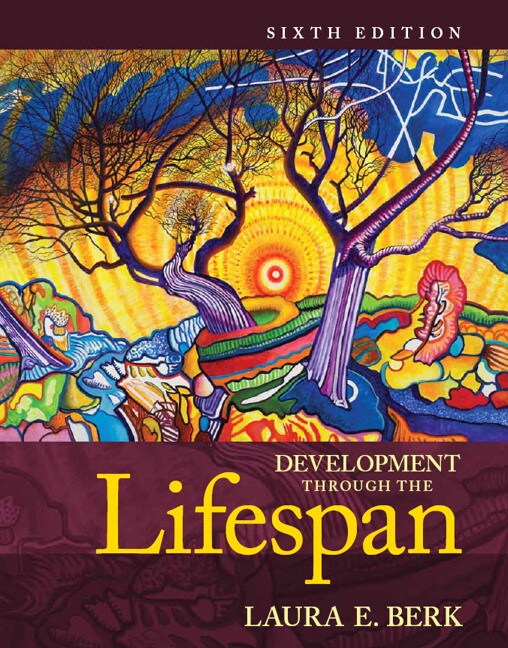

And in studies of deferred imitation, categorization, and problem solving, representational thought is evident even earlier. Yet research indicates that, beginning at 8 to 10 months, babies can recall the location of hidden objects, indicating that babies construct mental representations of objects and their whereabouts.

Through the secondary circular reaction, she tries to repeat interesting events-through intentional, or goal-directed, behaviors-in the surrounding environment that are caused by her own actions.Īs she begins to master object permanence and imitation, the tertiary circular reaction, or repeated behaviors with variation, emerges. She starts to gain voluntary control over her actions through the primary circular reaction, by repeating chance behaviors largely motivated by basic needs. It provides a special means of adapting her first schemes. They cannot yet carry out many activities mentally. At first, schemes are sensorimotor action patterns. In addition to Child Development, she is author of the best-selling texts Infants, Children, and Adolescents and Development Through the Lifespan, published by Pearson.Īnswer: According to Piaget, specific psychological structures called schemes, change with age.

She is a frequent contributor to edited volumes on early childhood development, having recently authored chapters on the importance of parenting, on make-believe play and self-regulation, and on the kindergarten child. Currently, she is associate editor of the Journal of Cognitive Education and Psychology. Her empirical studies have attracted the attention of the general public, leading to contributions to Psychology Today and Scientific American. |a Exported from Connexion by CCU and loaded with m2btab.b in 2018.Berk is a distinguished professor of psychology at Illinois State University, where she has taught child and human development to both undergraduate and graduate students for more than three decades. |a Developmental psychology |v Textbooks. |a Theory and research in human development - History, theory, and research strategies - Foundations of development - Genetic and environmental foundations - Prenatal development, birth, and the newborn baby - Infancy and toddlerhood : the first two years - Physical development in infancy and toddlerhood - Cognitive development in infancy and toddlerhood - Emotional and social development in infancy and toddlerhood - Early childhood : two to six years - Physical and cognitive development in early childhood - Emotional and social development in early childhood - Middle childhood : six to eleven years - Physical and cognitive development in middle childhood - Emotional and social development in middle childhood - Adolescence : the transition to adulthood - Physical and cognitive development in adolescence - Emotional and social development in adolescence - Early adulthood - Physical and cognitive development in early adulthood - Emotional and social development in early adulthood - Middle adulthood - Physical and cognitive development in middle adulthood - Emotional and social development in middle adulthood - Late adulthood - Physical and cognitive development in late adulthood - Emotional and social development in late adulthood - The end of life - Death, dying, and bereavement. |a Includes bibliographical references and indexes. |a Revised edition of the author's Development through the lifespan. |a xxviii, 673 pages, 163 variously numbered pages |c 29 cm |a Hoboken, NJ : |b Pearson Education, Inc., |c |a Development through the lifespan / |c Laura E. |a DLC |b eng |e rda |c DLC |d YDXCP |d OCLCF |d YDX |d BTCTA |d BDX |d OCLCQ |d YDX |d OCLCO |d LGG |d UPM |d ZQC |d FCX

Laura berk development through the lifespan pdf files code#
|a 0134488970 |q text with access code |q hardcover


 0 kommentar(er)
0 kommentar(er)
